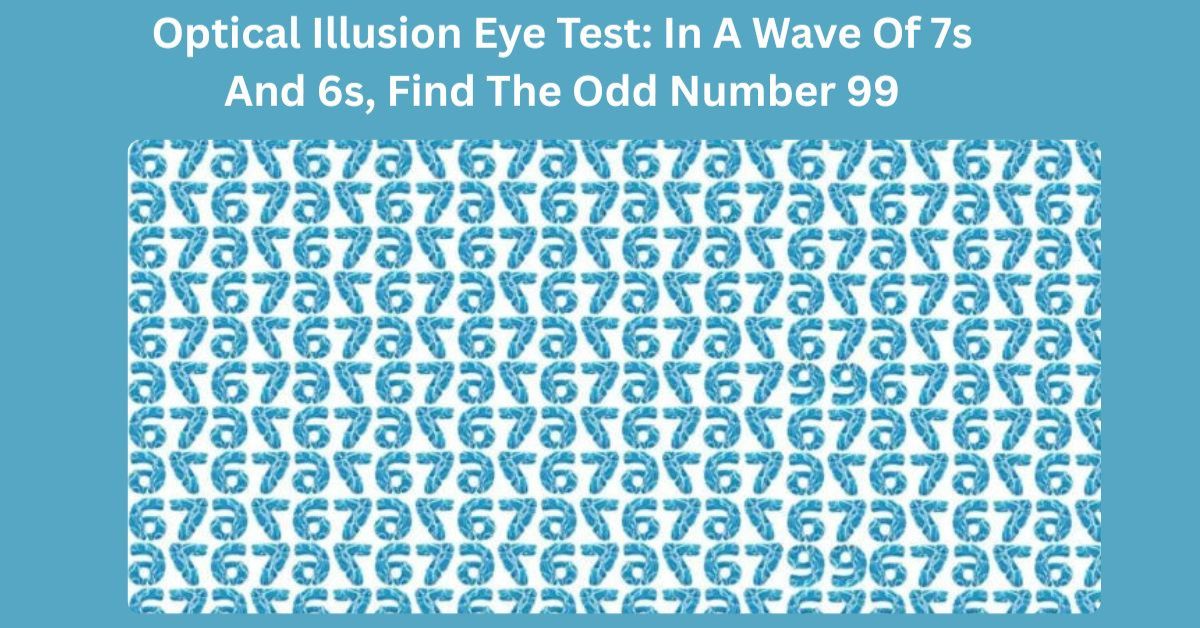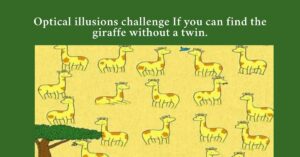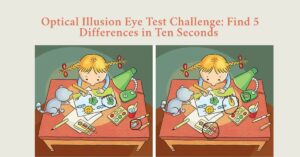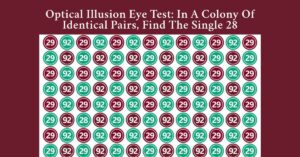Can you spot the number 99 hidden among a sea of 7s and 6s? This viral optical illusion puzzle is taking the internet by storm, and it’s not just a fun distraction — it’s a great way to test your observation skills and brainpower. Ready for the challenge? Let’s dive into the world of visual trickery.
The Science Behind Optical Illusions
Optical illusions are more than just visual tricks — they’re powerful demonstrations of how our brains interpret information. When we look at an image, our brains try to make sense of patterns, contrasts, and shapes. In illusions like this number puzzle, your brain filters out what it thinks is “noise,” sometimes hiding the answer in plain sight.
The Trend of Optical Illusions
From social media challenges to mobile apps, optical illusions have become a pop culture trend. People love sharing illusions that test speed, intelligence, or perception. This particular puzzle — finding 99 among a mess of similar digits — is part of a growing genre of viral brain teasers that capture attention instantly.
How Optical Illusions Trick the Brain
Illusions play with contrast, symmetry, and pattern recognition. In this number test, 6s and 7s are arranged in a confusing wave that overloads your brain’s natural sorting system. The number 99 blends in until your brain recalibrates and spots something that doesn’t belong. It’s a clever exploitation of visual fatigue and pattern similarity.
Cognitive Benefits of Brain Teasers
Solving puzzles like this is more than a game — it boosts mental flexibility, sharpens focus, and even improves memory. Studies show that visual brain teasers can increase cognitive performance and delay age-related decline. Think of it as a workout for your neurons.
Did You Spot The 99?
If you haven’t already, take one more look! The number 99 is hidden in the visual noise — and finding it is a true test of attention to detail. Don’t worry if it took a while. These puzzles are meant to challenge even the sharpest minds.
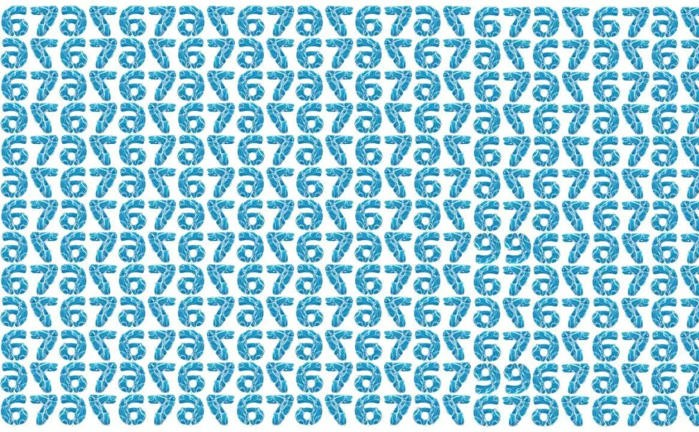
(You can overlay a solution after a brief pause to increase engagement.)
Final Thoughts
Optical illusions like this are more than fun — they’re an insight into how our brains work and how perception isn’t always reality. So next time you scroll past a “find the hidden object” challenge, take a second to play. Your brain will thank you.

